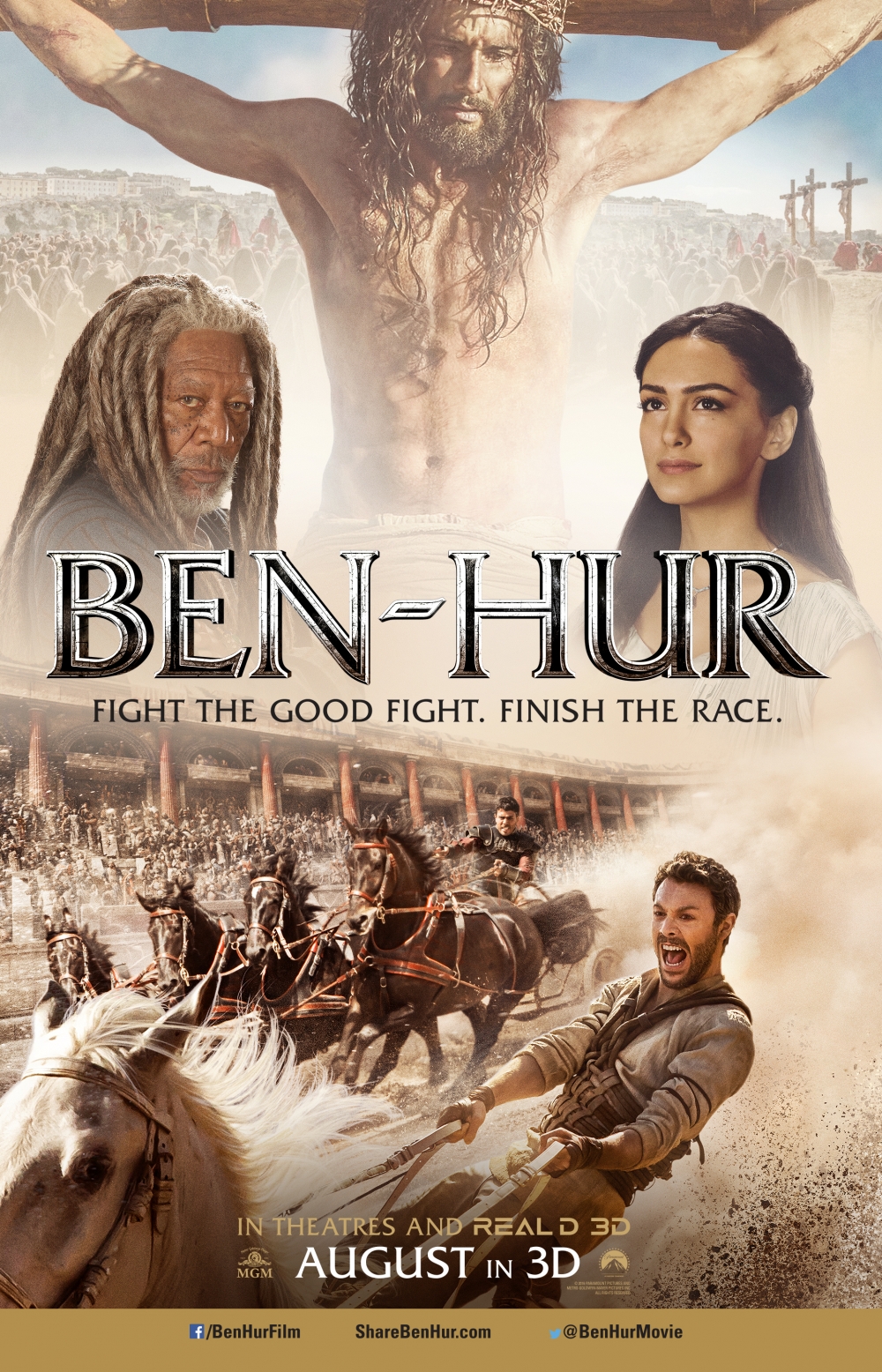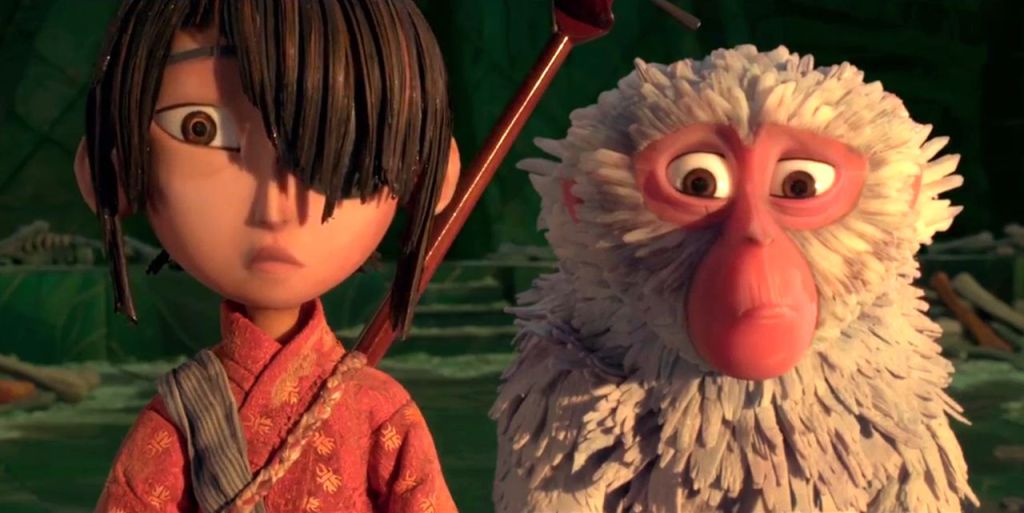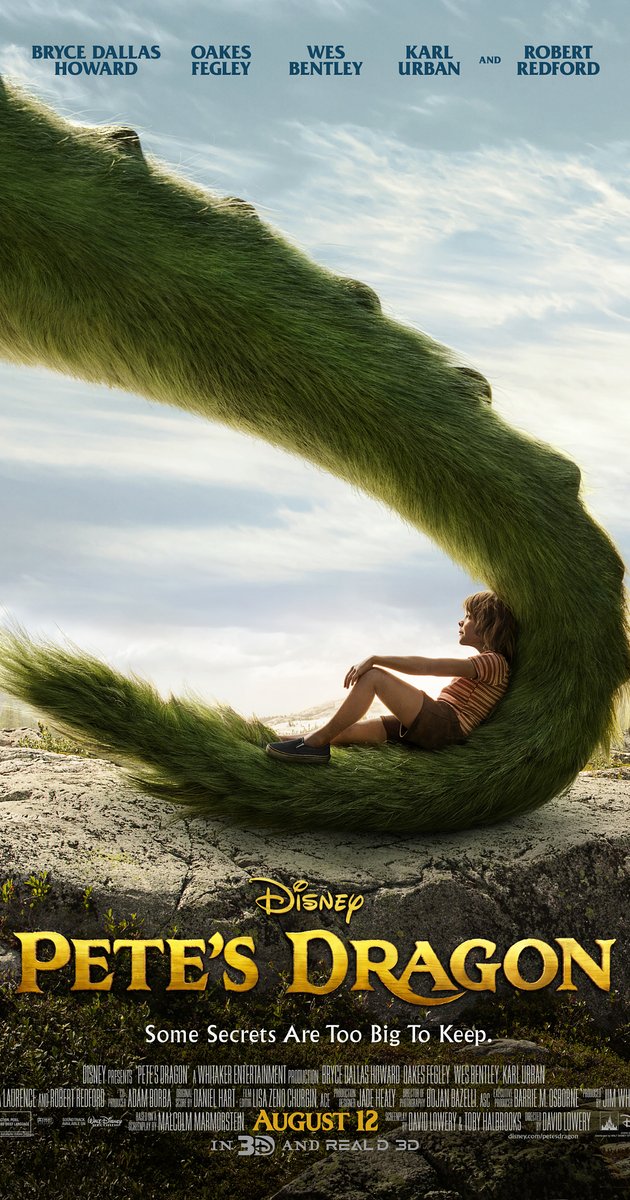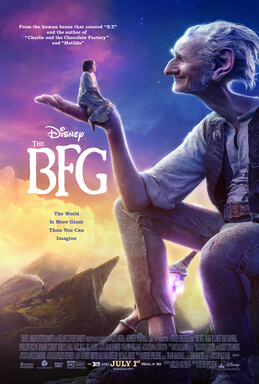Ben-Hur
Posted on August 18, 2016 at 5:25 pm
B| Lowest Recommended Age: | High School |
| MPAA Rating: | Rated PG-13 for sequences of violence and disturbing images |
| Profanity: | None |
| Alcohol/ Drugs: | Some social drinking |
| Violence/ Scariness: | Intense and sometimes graphic peril and violence including battle scenes, crucifixions, abuse, and accidents, characters injured and killed |
| Diversity Issues: | A theme of the movie |
| Date Released to Theaters: | August 19, 2016 |

Now Roma Downey and Mark Burnett, following the enormous success of their “Bible,” “A.D” and “Son of God” know the genre well and have remade the grand but dated three hour and thirty-seven minute epic. Their version is brisker, not just in the overall running time of just over two hours but in the more contemporary quick cuts and trimmed storyline. It is also more explicitly religious. While earlier versions suggested the presence of Jesus but did not include his face or voice, he is more explicitly involved in the storyline here, portrayed by Brazilian actor Rodrigo Santoro.
As in all of the earlier versions, it is the story of Judah Ben-Hur (Jack Huston), a Jewish prince who is wrongly accused of a hostile act against the Roman invaders and sold into slavery. In this version the Roman Messala (Toby Kebbell) is more than a close friend; he is Judah’s adopted brother. They are devoted to one another but also deeply competitive.
Messala, in love with Judah’s sister, joins the Roman army in hopes of achieving enough wealth and status to be considered worthy of her. When he returns to Jerusalem, Judah is married to Esther (Nazanin Boniadi). Messala and Judah agree to find a way for the local population to live peacefully under Roman occupation. But a rebel hiding in Judah’s house kills one of the Roman officers and Judah is blamed. Messala refuses to protect him or his family. Judah becomes a galley slave, spending five years chained to an oar on a Roman naval ship.
When the ship is sunk, he escapes. An African named Ilderim (Morgan Freeman) gives him a chance to win back his freedom by competing in a chariot race. And that, after all, is what everyone remembers about “Ben-Hur.” Director Timur Bekmambetov is known for action scenes with tremendous vitality and he more than delivers with the chariot race, which is thrillingly dynamic. The naval battle scenes are also exciting. The screenplay has some clunky dialog and awkward transitions, but Huston is always engaged and engaging and balances the intensity of the action scenes with an inspiring message of forgiveness. The movie is true to the story that has endured in its various versions for more than a century.
Parents should know that this film includes intense and sometimes graphic peril and violence with many characters injured and killed, battle scenes, whipping, abuse, crucifixions, some disturbing images, brief non-explicit sexual situation and mild sexual references.
Family discussion: What changed Ben-Hur’s mind about Messala? Was Ben-Hur right to try to make peace with the Romans? What did Pilate mean when he said, “They’re Romans now?”
If you like this, try; “Risen” and the 1959 version of “Ben-Hur”









